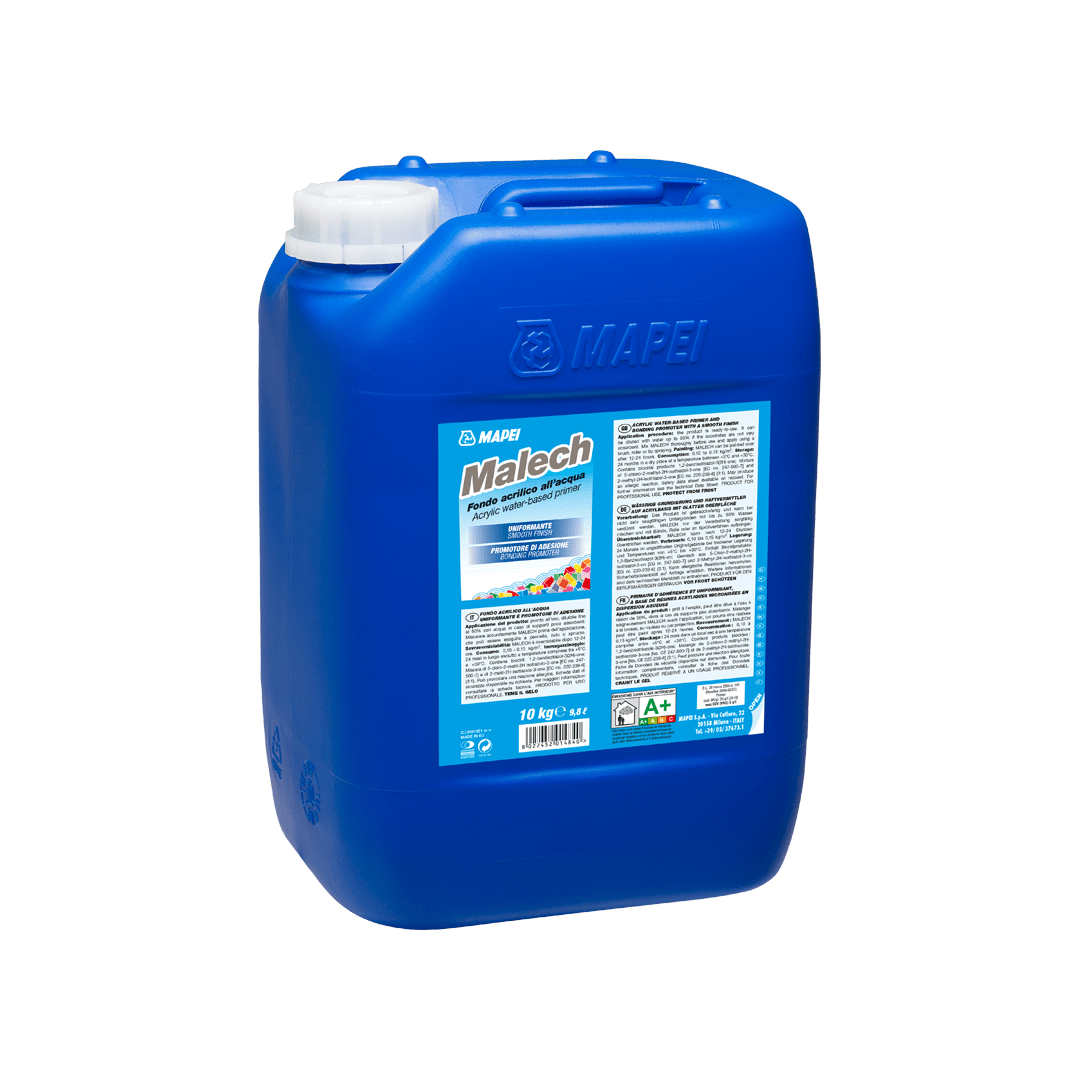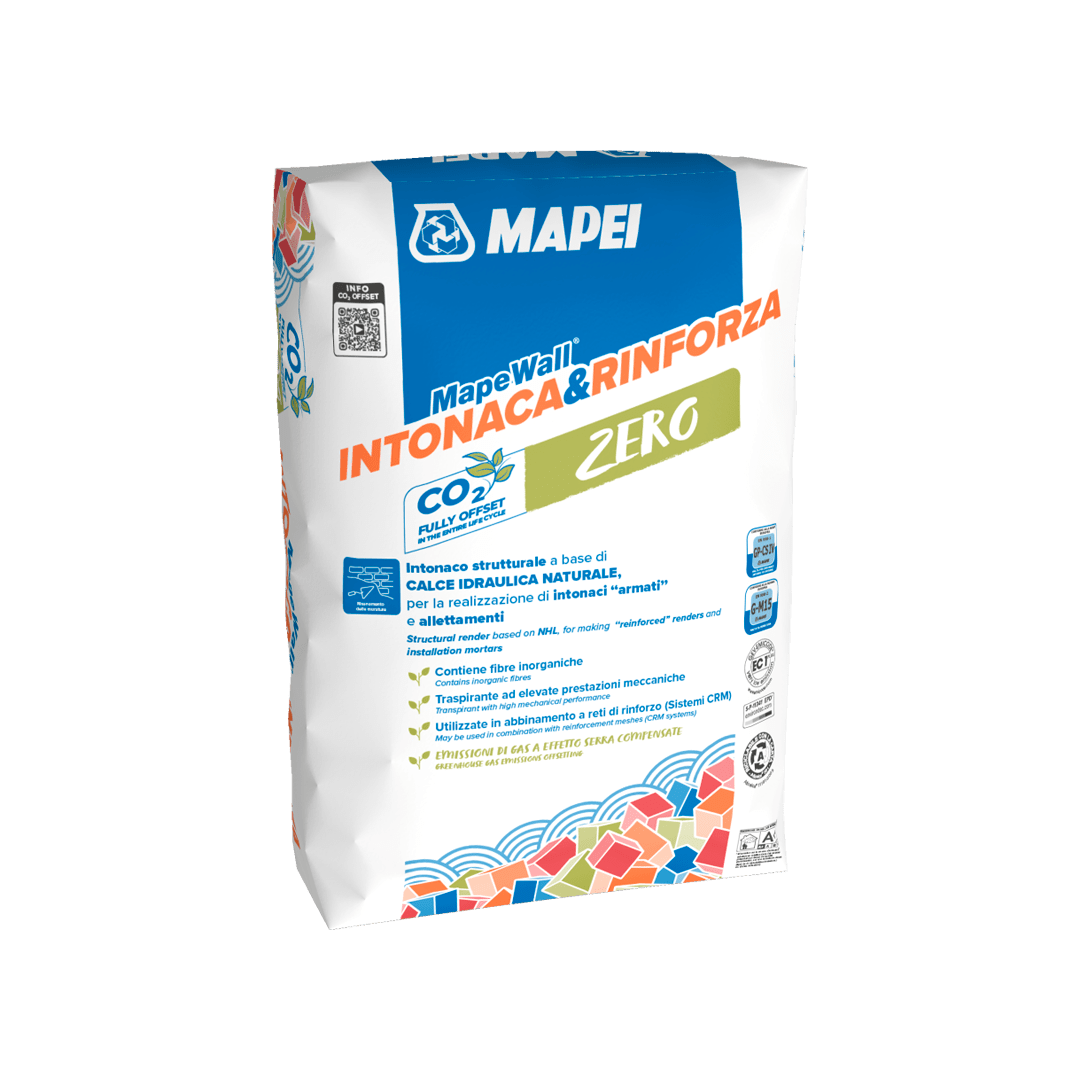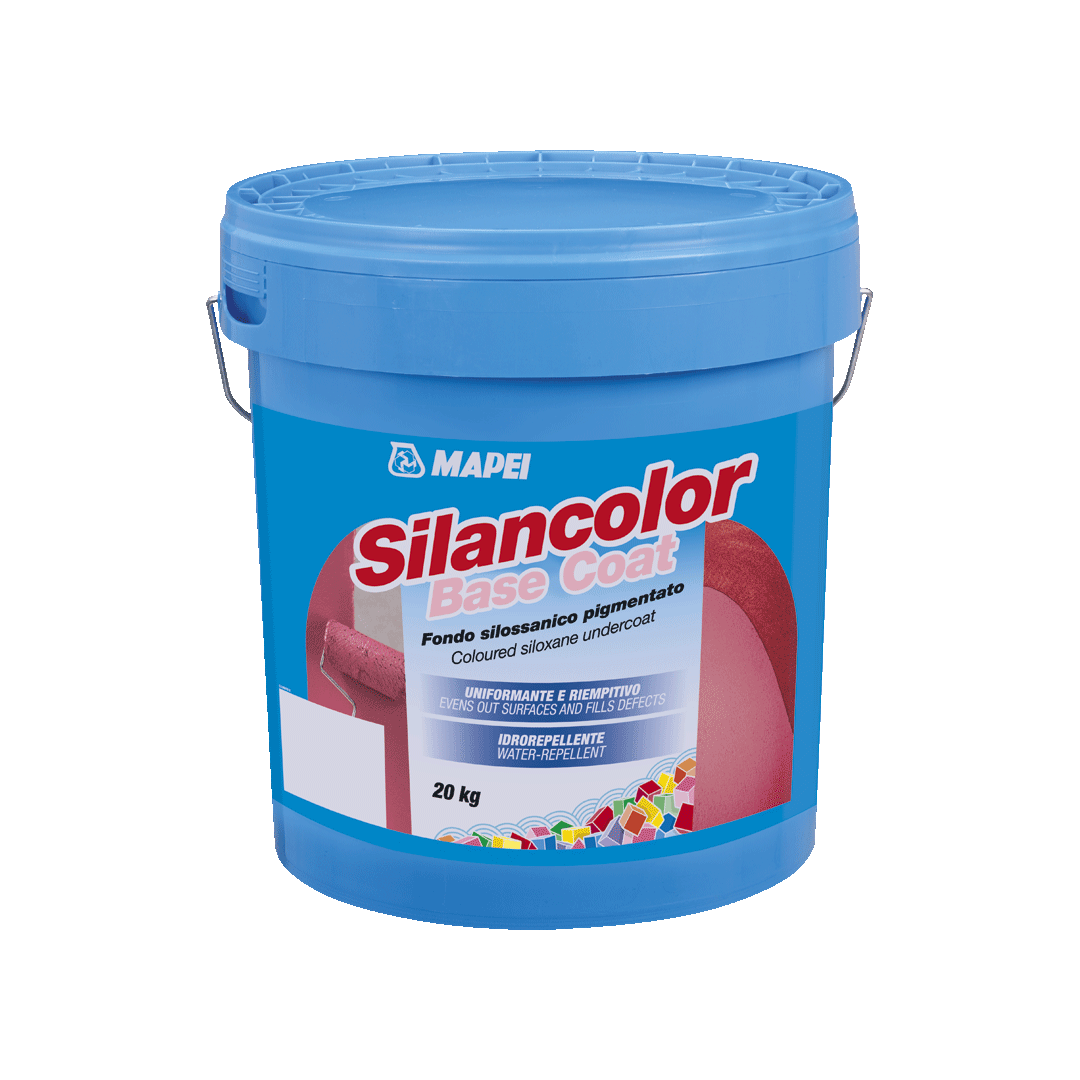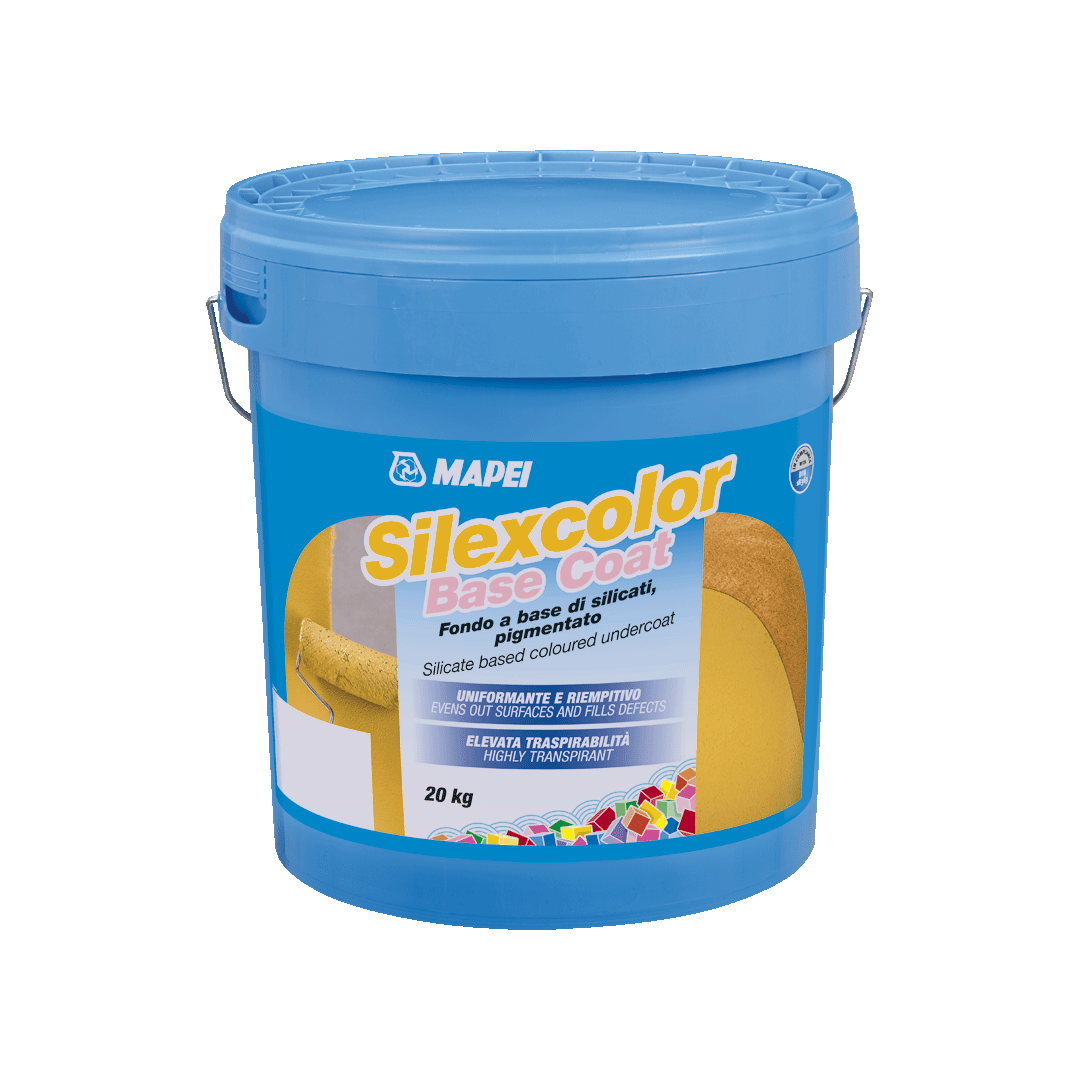
Restoring masonry in a private palace
Following restoration work on the façade, this important noble palace opposite the city’s cathedral has returned to its former splendour.
The products used for the restoration work on the façade of Palazzo Filangeri had to be approved by the Local Heritage Authority, compatible with the ancient walls and their decorative features.
A system was required that provided the best level of protection possible from aggressive atmospheric agents, pollution and the effects of microorganisms and mould.
The product chosen for this phase, SILANCOLOR PAINT PLUS transpirant, water-repellent paint, satisfied the requirements of the design team and the Local Heritage Authority.
Following restoration work on the façade, this important noble palace opposite the city’s cathedral has returned to its former splendour.
The old part of Palermo has one of the richest and most articulated collections of historical buildings and sites in Europe, with more than 500 old palaces, churches, convents, monasteries, and theatres. They are all spread throughout the fabric of the city which developed over the years, from the times of the Phoenician colonisation, and then through the periods of Greek, Roman, Byzantine, Arabian, Norman, Swabian, Anjou, Aragon and Spanish influence, right up to the latest urban redevelopment works.
Opposite the majestic, Arabian-Norman cathedral runs the oldest street in Palermo, along which there are a number of beautiful, noble townhouses. One of these is Palazzo Filangeri of the Princes of Cutò, which started life in the middle of the 18th century. The Filangieri-Cutò family was of Norman origin and part of the Italian aristocracy which put down its roots in many parts of southern Italy after the middle of the 11th century.
In 2019 the façade of the palace, which had become badly damaged and deteriorated over the years, underwent important restoration work.
AESTHETICS AND DURABILITY
Aesthetic qualities along with high mechanical performance properties and durability were the criteria which inspired this restoration project. The choices made during the design phase and when carrying out the various interventions also took into account the repair work required on the historic features of the palace.
The first operation was to apply SILANCOLOR CLEANER PLUS, a hygienising treatment in watery solution resistant to mould and algae, to carry out a deep-clean of the substrates. All the detached areas of masonry that had been removed during the cleaning operations were reintegrated with MAPEWALL RENDER & STRENGTHEN high strength, fibre-reinforced, natural, hydraulic, lime-based, transpirant mortar with very low emission of VOC (Volatile Organic Compounds).
Once the restoration work on the façade had been completed, the entire surface was consolidated with SILEXCOLOR BASE COAT, a special modified potassium silicate-based, highly transpirant coloured silicate undercoat. This product helps improving the final bond of potassium silicate-based finishing products, when applied on old, organic resin-based finishing materials. This part of the work also served to prepare a base for the skim coat to be applied later, which was carried out using MAPE-ANTIQUE FC GROSSO, a coarse-textured, large-grained, salt-resistant, lime and Eco-Pozzolan-based, cement-free breathable mortar specifically developed for use as finish of de-humidifying, transpirant or "structural" renders when repairing stone, brick, tuff and mixed masonry, including on buildings of historic and cultural interest.
The next step was to apply a coat of SILANCOLOR BASE COAT, a water-repellent, coloured silicone resin-based based paint in water dispersion, and the finishing operations were then completed by applying a coat of SILANCOLOR PAINT PLUS, a water-repellent, transpirant siloxane paint for the hygiene of interior and exterior walls. It protects surfaces from the action of algae, mould and fungi, forming a long-lasting protective coat on the substrate.





.jpg?sfvrsn=55a57b76_2)







.jpg?sfvrsn=54a57b76_4)
.jpg?sfvrsn=57a57b76_4)
